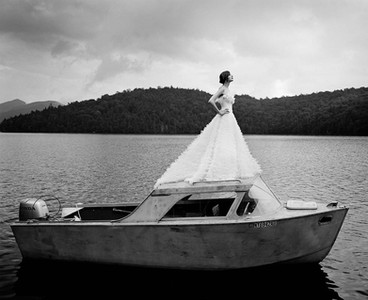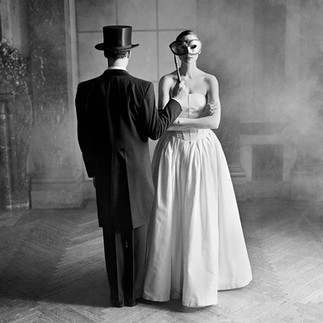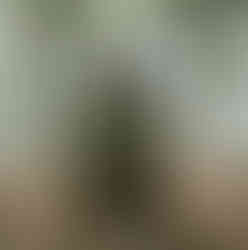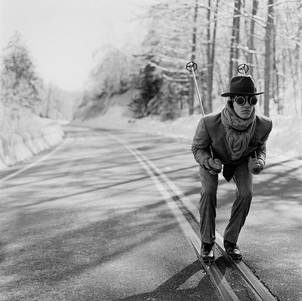Rodney Smith - Gifted Gallery
- Lilium

- Oct 26, 2021
- 3 min read

Rodney Lewis Smith, born 24 December 1947, was a New York based fashion and portrait photographer. His work is commonly referred to as classic, minimalistic, and whimsical.
Born in Manhattan, New York, his father, Sanford Smith, was the president of a fashion industry giant. He found his artistic inspiration while visiting the permanent collection of photography at the Museum of Modern Art (MoMA) during his junior year in college. Smith recalls:
"A sense of style, a sense of proportion and a sense of beauty and a sense of grace – all of those things were very important in my upbringing."
After he studied English Literature and Religious Studies at University of Virginia in 1970, Smith went for his graduate degree in Theology at Yale University in 1973. Smith said in an interview with Kodak, "I absolutely knew I wanted to be a photographer, but I didn't feel that studying in an art school or a photography department full time was the way to address the issues that were interesting to me – so I sort of entwined the two." While at Yale, he also studied under photographer, Walker Evans.
In 1976 Smith spent 100 days photographing the people of the Holy Land, in Jerusalem. From the 88 rolls of film shot, Smith ended up compiling two portfolios, which later became his first book: “In the Land of the Light: Israel, a Portrait of Its People (1983), published by Houghton Mifflin Company in Israel.
Having found his niche, Smith traveled throughout the American South, Haiti and Wales, making soul-searching portraits of workers and farmers, as well as capturing the magnificence of the landscape.
After returning from his travels, Smith spent a short time as an adjunct professor of photography at Yale University. As Smith continued his career into the nineties he slowly shifted from corporate executives to fashion photography. "My feelings about photography are exactly the same today as when I was 20. That is, I have a love/hate relationship with making pictures." Looking at pictures is one thing, he qualifies, "But making pictures – making pictures for me is hard, hard work." Smith's work has been featured in the Wall Street Journal, Time and Bloomingdales. In addition to his work as a photographer, Smith lectured and gave workshops.
The integration of figure and landscape was further strengthened when Smith co-authored The Hat Book in 1993 with creative director Leslie Smolan. This whimsical photo-essay on hats, contrasted the workers in an 18th century hat factory with hats as expressions of identity and fashion. Smith and Smolan married in 1990, building a lifelong creative partnership that was instrumental in helping Smith find his own unique vision.
By the mid-1990s, editorial clients included The New York Times, W Magazine, Vanity Fair, Departures and New York Magazine. Smith was immersed in shooting fashion for Neiman Marcus, Bergdorf Goodman, Ralph Lauren and Paul Stuart, among others. All sought to tap into his unique style, and his emerging affinity for spontaneity, humor and surrealism. “I trust my instincts to get to the heart of the matter. Once I find the right location and the right light, everything else follows from there.”
Throughout his life, Smith was passionate about the print as an artifact. “For me, the print is the creation, the purpose, the result of my endeavor.” Early on, he favored small silver gelatin prints mounted with large white mats. In the mid-2000’s, with the advent of archival pigment printing on watercolour paper, he finally embraced both colour and large-scale printing with stunning results.
Rodney Smith died in 2016 at the age of 68. His images combine wit and elegance, a potent mix that could not have been created by any other photographer. His work continues to be shown at museums and galleries and collected by private individuals. The Estate of Rodney Smith is dedicated to preserving his archive and sharing it with audiences around the world who enjoy Smith’s signature aesthetic and whimsical sense of humor.
Reading Recommendations & Content Considerations

Photographs








































































































































































































































Comments